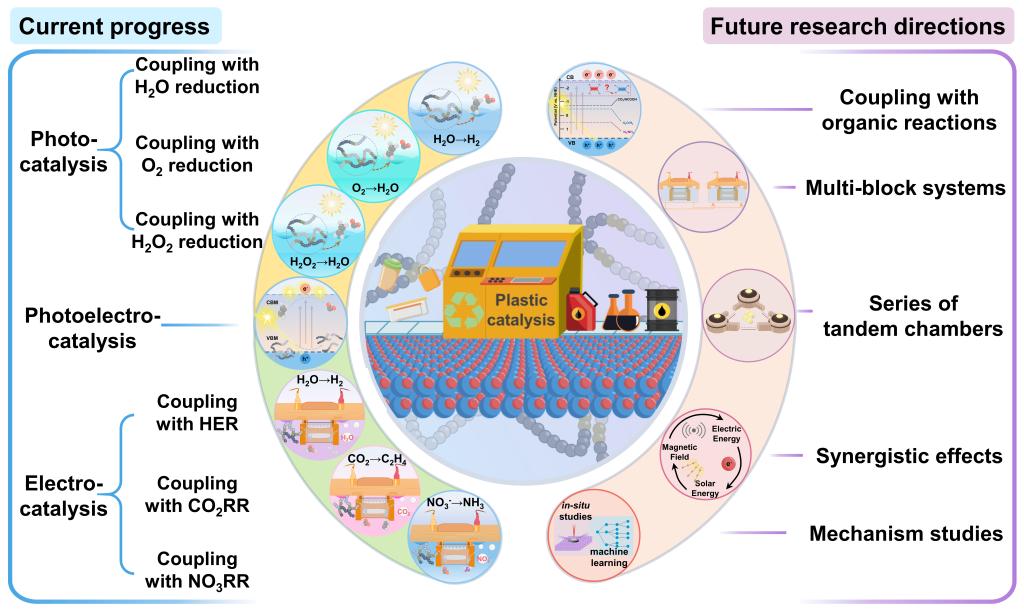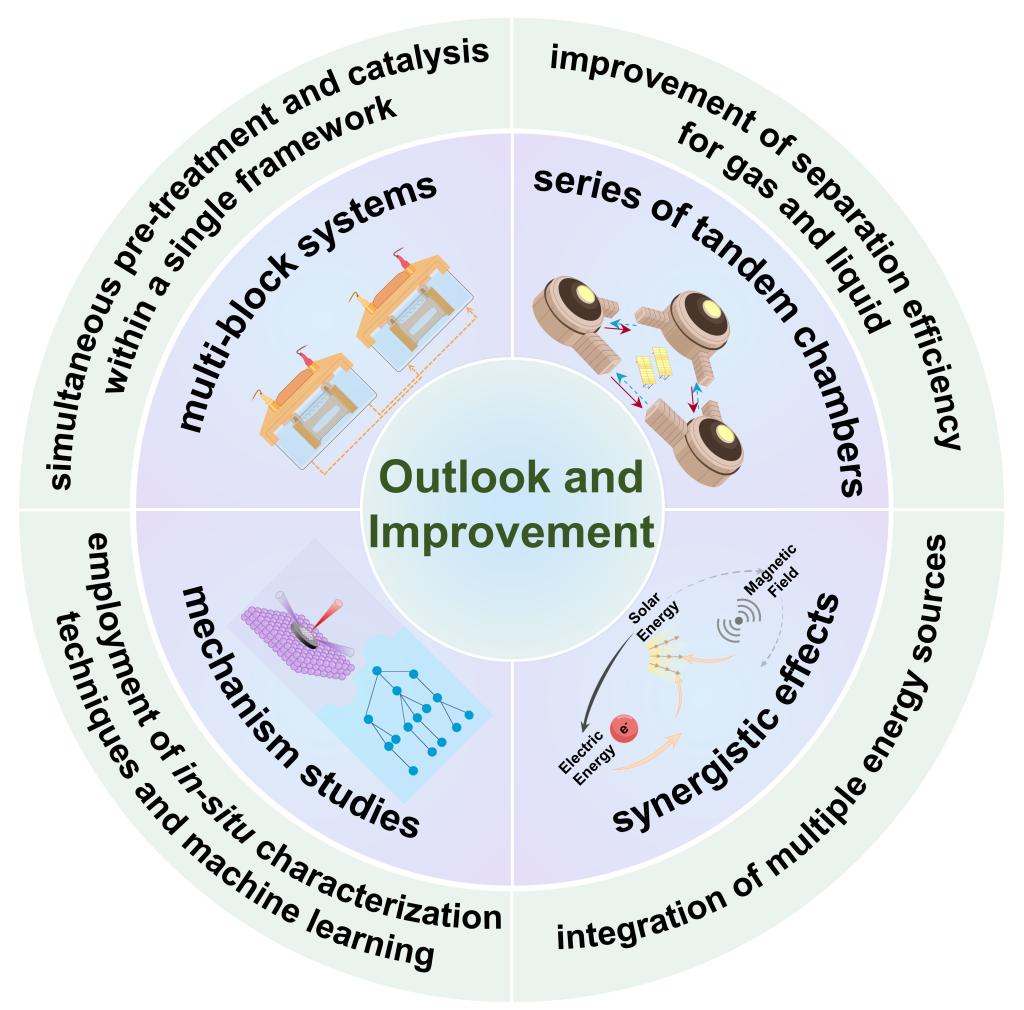《J. Am. Chem. Soc.》: Progress and Perspective for “Green” Strategies of Catalytic Plastics Conversion into Fuels by Regulating Half-Reactions
Qinyuan Hu,+ Zhixing Zhang,+ Dongpo He,+ Jiacong Wu, Jinyu Ding, Qingxia Chen,* Xingchen Jiao,* and Yi Xie*
Nowadays, plastic waste threatens public health and the natural ecosystems of our lives. It is highly beneficial to recycle plastic waste in order to maximize the reuse of its contained carbon sources for the development of other valuable products. Unfortunately, traditional techniques usually require significant energy consumption and result in the generation of hazardous waste. Herein, the up-to-date developments on the “green” strategies under mild conditions including electrocatalysis, photocatalysis and photoelectrocatalysis of plastic wastes are presented. During the oxidation of plastics in these “green” strategies, corresponding reduction reactions are usually existed, which affect the property of catalytic plastics conversion. Particularly, we mainly focus on how to design the corresponding half reactions, such as the water reduction, carbon dioxide reduction and nitrate reduction. Finally, we provide a forward-looking insight into the enhancement of these “green” strategies, the extension of more half reactions into other organic catalysis, a comprehensive exploration of the underlying mechanisms through in situ studies and theoretical analysis and the problems for practical applications that needs to be solved.

Figure 1. Current progress and future research directions for catalytic plastics conversion, in which photocatalysis, electrocatalysis and photoelectrocatalysis are presented.

Figure 2. Outlook and improvement for catalysis of plastics into valuable fuels.
